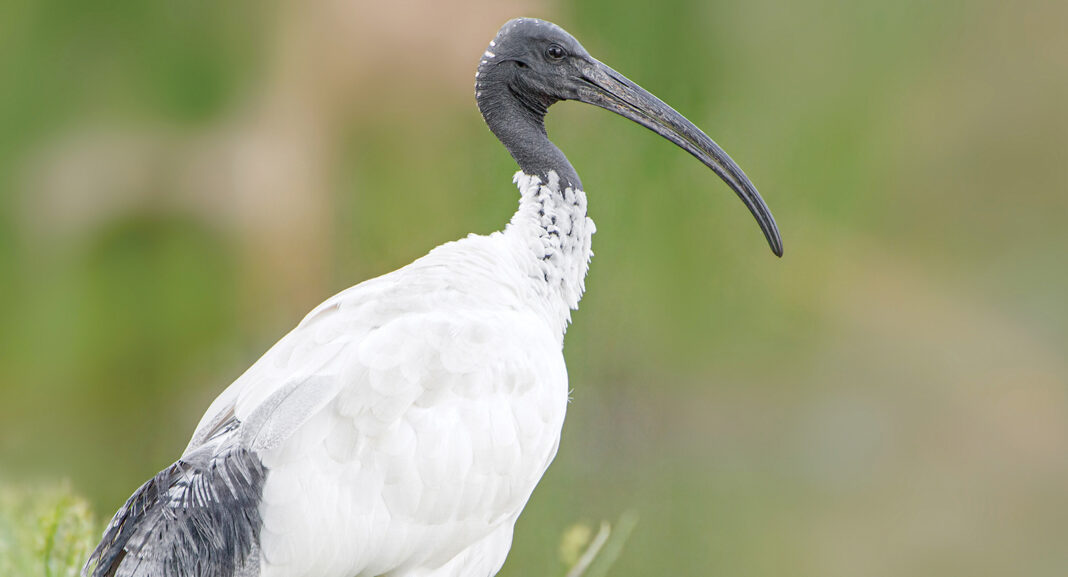By Matṧeliso Phulane
The Lesotho Highlands Development Authority (LHDA) in collaboration with Bird Life South Africa will host the 2024 Lesotho bird atlas activity, under the Southern African Bird Atlas Project (SABAP 2).
The bird atlas is an ornithological work that attempts to provide information on the distribution, abundance, long-term change as well as seasonal patterns of bird occurrence and extensive use of maps.
This will be the first activity which invites all keen birders, citizens and scientists to voluntarily join. The event will take place in Mokhotlong district from March 8 to 11, 2024.
The Atlas Bash is meant to collect data and insights on bird species distribution in the Polihali catchment of the Lesotho Highlands Water Project.
In an interview with theReporter, public relations officer of LHDA Mpho Brown said that they undertake with Bird life South Africa through a longstanding partnership that they have had.
“We have had this partnership for a long period of time now. The LHDA water project has many impacts, one of which is on the environment.
“Environment includes not just soil or surroundings but it also means the ecosystem and the animals that are in the area where the project takes place.
“As a result, before such work takes place in a particular area, normally we do what we call an environmental impact assessment, which shows how different plants and animals will be affected by the project,” Brown explained.
He said birds are part of that ecosystem or that environment that will be affected, especially in Mokhotlong, and their interest was on the southern bald ibis, a bird called ‘Mokhotlo’ in Sesotho.
“Bird Life Southern Africa is an organisation that already focuses on impacts of big projects on birds specifically.
“Therefore, when they realised that Phase II which centres around Polihali and some other areas in Katse will entail such work, that initial contact was made to work with us order to assess the potential impact of the project, especially on this species of ‘Mokhotlo’ which seemed to be the unique to the region of Mokhotlong. That was how the partnership started,” he pointed out.
In this partnership, Birdlife South Africa provides the technical expertise since they have broad knowledge on birds, their habitat, distribution and populations.
As the owners of the project and its impact, LHDA benefits from such information in that they can use it to device appropriate conservation measures.
The data collected will also help other organisations compile inventories of different bird species, especially those that are endangered, so as to put in place the required conservation measures.
There is also an invitation to the wider public, people who have interest and knowledge on issues related to the birds. “Anyone can take part but what happens during those days is that there are activities that include sighting, identifying and recording species of birds that they will encounter,” Brown added.








